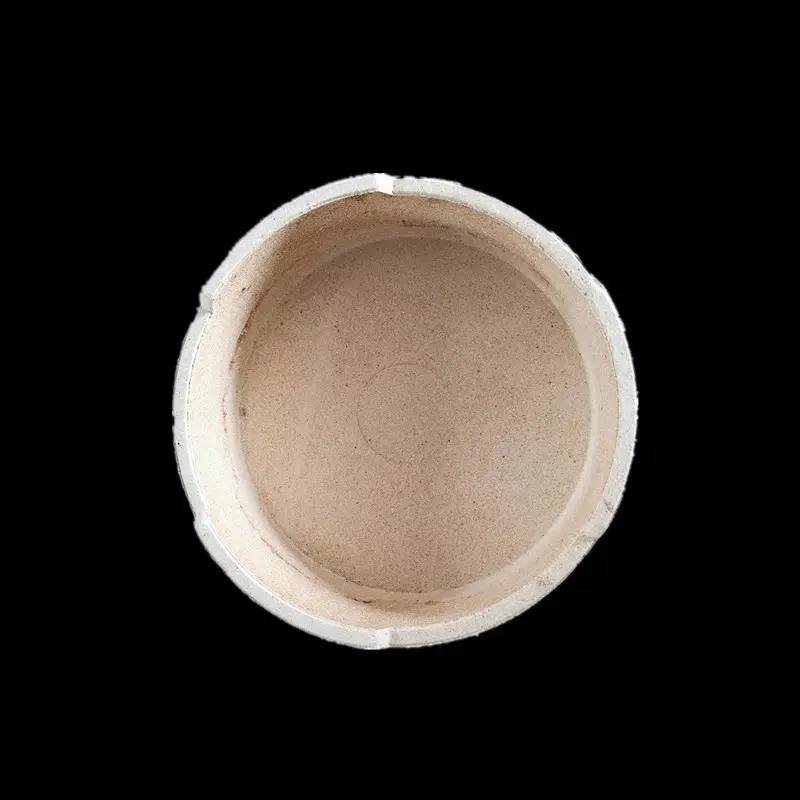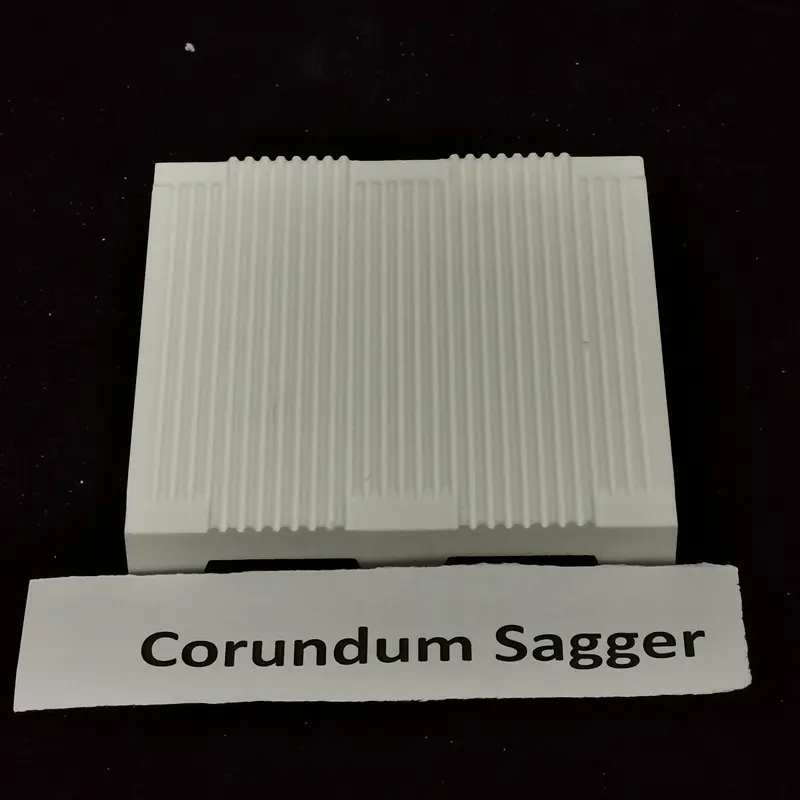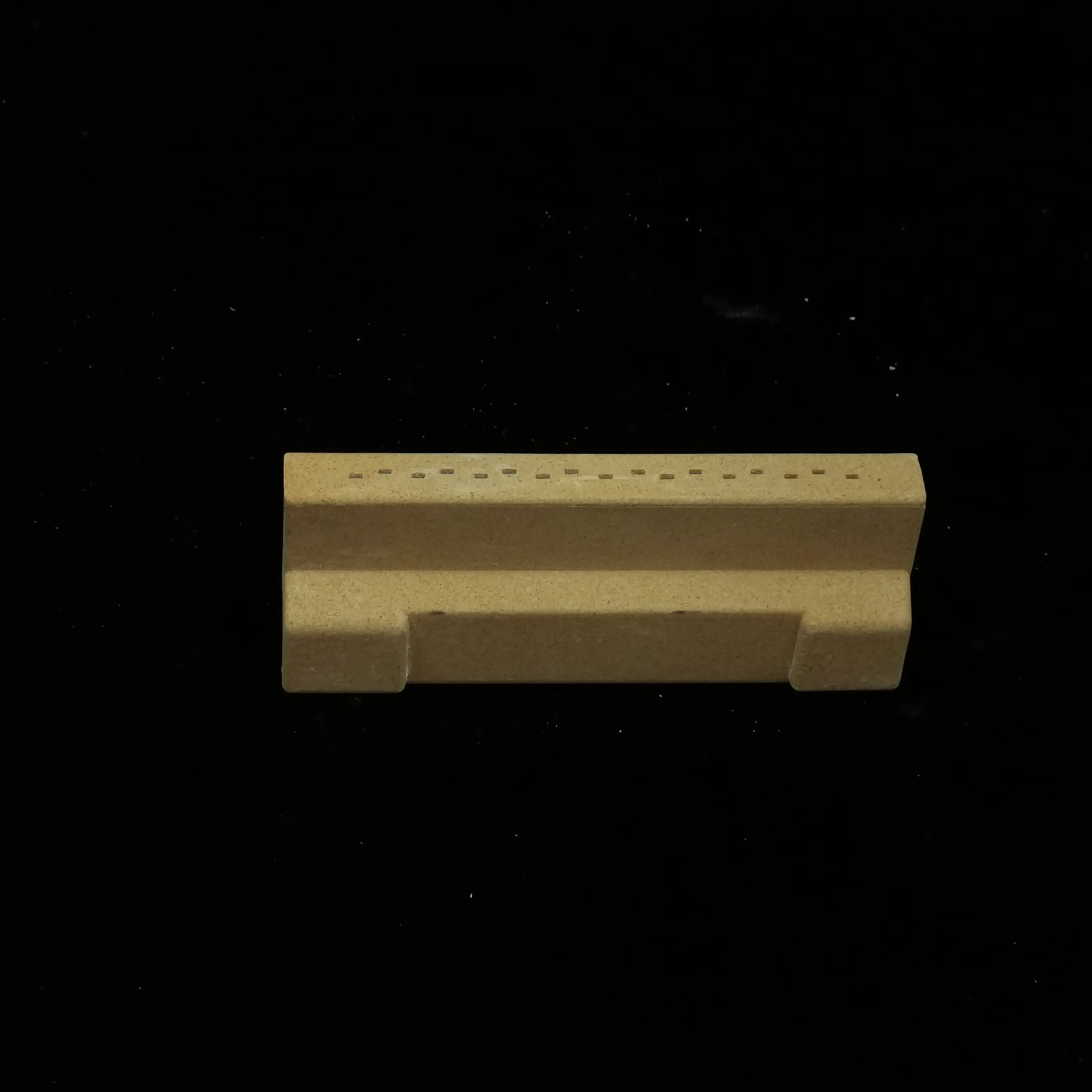Good electricity insulation ceramic insulators for electrical and electronic systems
Composition and Manufacturing
Ceramic insulators are primarily made from alumina (Al₂O₃), porcelain, or steatite, combined with other materials like silica, clay, and feldspar. The manufacturing process involves:
-
Raw Material Preparation – High-purity ceramics are mixed with binders to form a homogeneous mixture.
-
Shaping – The mixture is molded into the desired shape through extrusion, pressing, or slip casting.
-
Firing – The shaped insulator is sintered at high temperatures (1200–1600°C) to enhance mechanical and electrical properties.
-
Glazing – A glaze coating is applied to improve surface resistance to moisture and contaminants.
Key Properties of Ceramic Insulators
-
High Dielectric Strength – Ceramics can withstand high voltages without breakdown, making them ideal for high-voltage applications.
-
Thermal Stability – They resist extreme temperatures, maintaining performance in harsh environments.
-
Mechanical Strength – Ceramic insulators are rigid and resistant to compression, making them durable under mechanical stress.
-
Chemical Resistance – They are inert to most chemicals, preventing degradation from environmental exposure.
-
Low Thermal Expansion – Their dimensional stability under temperature fluctuations ensures long-term reliability.
Types of Ceramic Insulators
-
Pin Insulators – Used in low-voltage distribution lines, mounted on poles to support conductors.
-
Suspension Insulators – Consist of multiple ceramic discs connected in series, used in high-voltage transmission lines.
-
Post Insulators – Cylindrical insulators employed in substations and switchgear.
-
Bushings – Provide insulation where conductors pass through walls or grounded barriers.
-
Cap and Pin Insulators – Used in railway electrification and telecom applications.
Applications
-
Power Transmission & Distribution – Ceramic insulators prevent leakage currents in overhead power lines.
-
Telecommunications – They insulate antennae and communication towers.
-
Industrial Equipment – Used in motors, transformers, and circuit breakers.
-
Automotive & Aerospace – High-temperature insulators in spark plugs and avionics.
-
Renewable Energy – Essential in solar panels and wind turbine electrical systems.
Advancements in Ceramic Insulator Technology
Recent developments focus on improving performance and sustainability:
-
Nanostructured Ceramics – Enhanced mechanical and electrical properties through nanotechnology.
-
Composite Insulators – Hybrid designs combining ceramics with silicone or polymer materials for better flexibility.
-
Self-Cleaning Coatings – Hydrophobic coatings reduce pollution-induced flashovers.
-
3D-Printed Insulators – Additive manufacturing allows complex geometries and rapid prototyping.
-
Recyclable Ceramics – Eco-friendly production methods reduce environmental impact.
Challenges and Future Trends
Despite their advantages, ceramic insulators face challenges such as brittleness and weight. Future research aims to develop tougher ceramic composites and lightweight alternatives while maintaining high insulation performance. The integration of smart sensors for real-time monitoring of insulator health is also an emerging trend.
Conclusion
Ceramic insulators remain a cornerstone of electrical insulation technology due to their unmatched dielectric properties and durability. Ongoing innovations ensure their continued relevance in modern power systems, telecommunications, and industrial applications. As technology evolves, ceramic insulators will adapt to meet the demands of next-generation electrical infrastructure.





